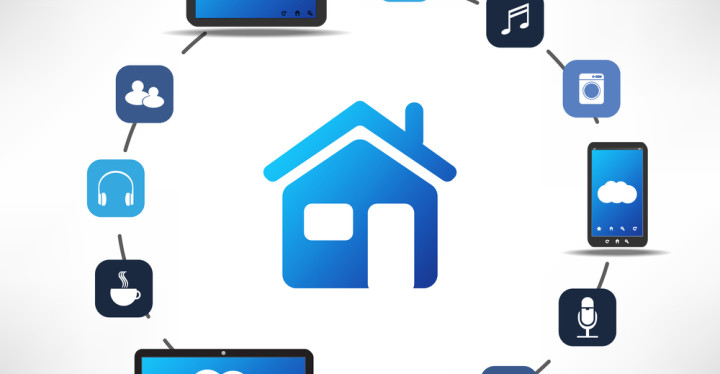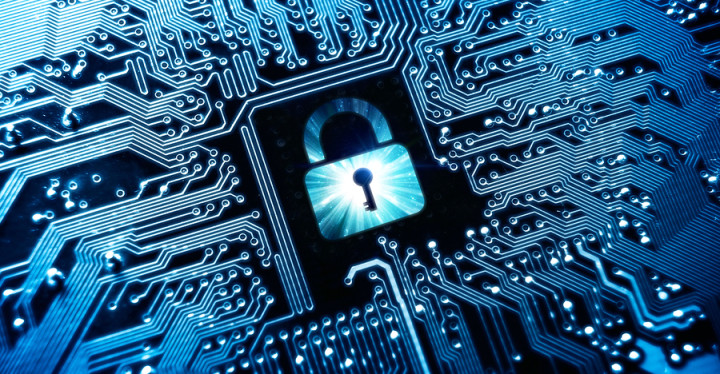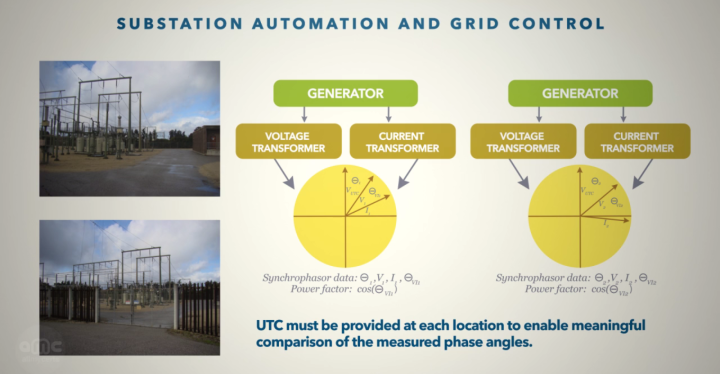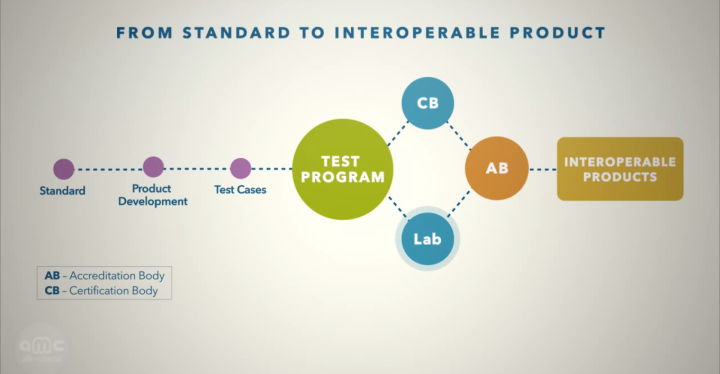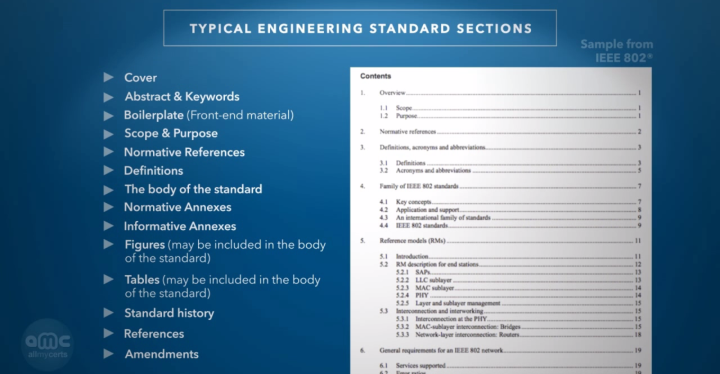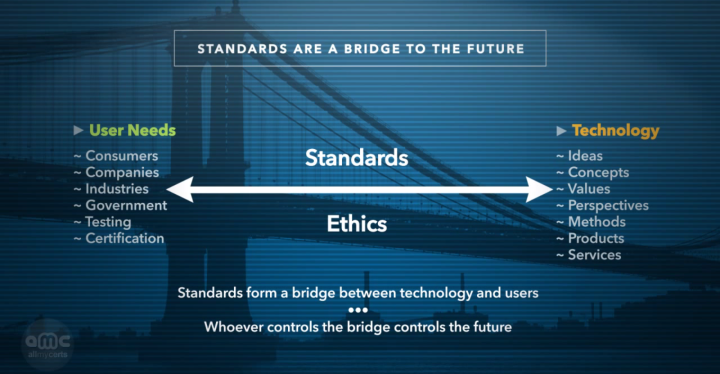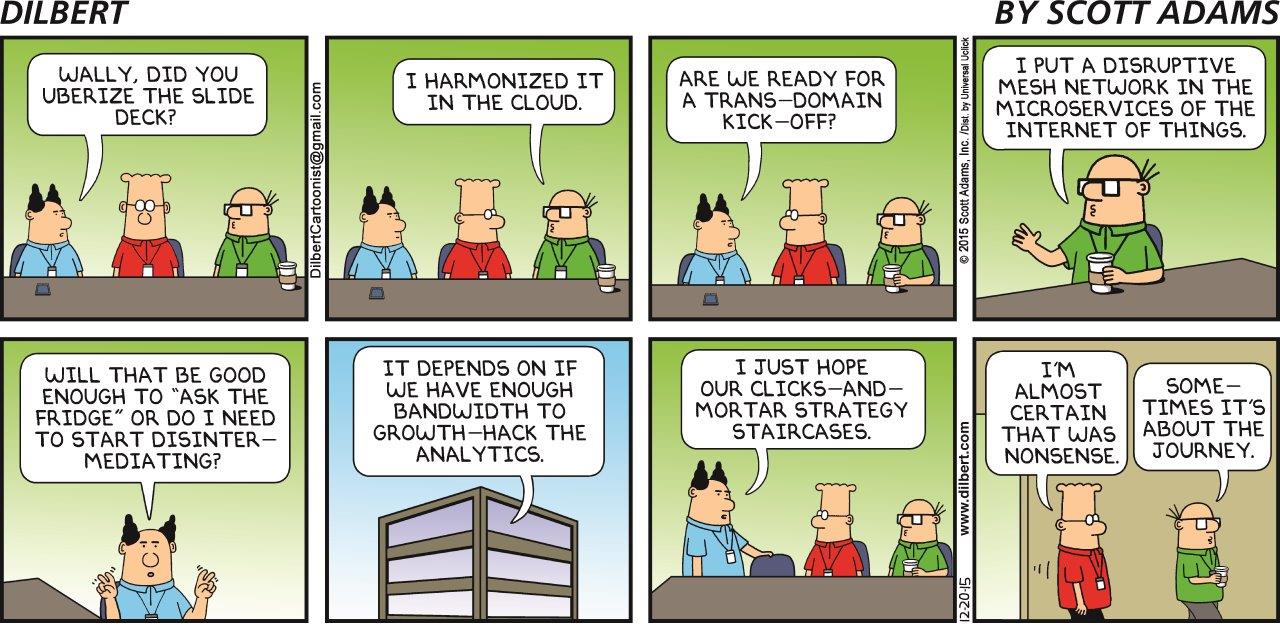March 2016 |Volume 6, Issue 1 | IoT, Cybersecurity, and the related standards |
IoT Security Standards – Paving the Way For Customer Confidence
With the opening of the Consumer Electronics Show in Las Vegas, the IoT has moved beyond the initial hype phase and even past the phase of early deployments into what I call the “parental awareness phase”. That is to say, my parents, both of whom ...
Featured Articles
Webinar on Demand: The Internet of Things, Architecture and Standards
This webinar by IEEE IoT expert Oleg Logvinov discusses IEEE P2413 - Standard for an Architectural Framework for the Internet of Things - and the key elements that provide a path to develop Quadruple Trust, to managing both information and access to it. He also discusses how IEEE P2413 will help minimize industry and vertical market fragmentation, ease implementation of cross-domain applications, and ensure that IoT achieves critical mass on a global scale. (more…)
IoT and Security: Do We Need Standards For Securing Your IoT Gadgets?
Letter from the Editor
With all the rage (hype?) about Internet of Things (IoT) and Cybersecurity, it is important that we look into the standards at the intersection of these two technologies. As various sensors collect data about people and their surroundings, there is increasing concern about privacy and security along with safety and protection. This is known as the “Quadruple Trust” system within the technical community that addresses Cybersecurity issues. Among the questions that are often raised in the cybersecurity context, need and use of technical standards are typically at the top of the list. How can systems trust each other without having a common security protocol? The need for trusted communication protocols may be obvious, but when the trust is breached – “if” is no longer a question. As we have seen frequent breaches, we must take steps to improve data security, system security, people’s security, business security and national security. In some cases, common sense use is sufficient such as having a ‘strong’ password and not sharing it with others. In some cases, double verification may be considered sufficient. And, in many cases, significantly higher standards of security must be maintained because entire business or national interests may be at stake. (more…)Student Application Papers
Student application papers applying industry standards are papers submitted by students, or their faculty mentors on their behalf, in which an industry technical standard(s) was applied (analyzed and implemented). Each paper highlights specific design choices in the application of various technical standards and describes the resulting product, process, or service. Click on the title to view the full paper.
- Smart Floor Cleaning Robot (CLEAR) (PDF, 267 KB), by Uman Khalid, Muhammad Faizan Baloch, Haseeb Haider, Muhammad Usman Sardar, Muhammad Faisal Khan, Abdul Basit Zia1 and Tahseen Amin Khan Qasuria1, Faculty of Electronic Engineering, Ghulam Ishaq Khan Institute of Engineering Sciences and Technology, Pakistan Hamdard Institute of Engineering & Technology, Hamdard University, Karachi, Pakistan
- Every Second Counts, by Mihir Trivedi, Bellarmine College Preparatory, San Jose, CA, USA
Call For IEEE Standards Education eMagazine Contributions
The IEEE Standards Education eZine Editorial Board invites contributions from industry practitioners, educators and students on topics related to education about technical standards. Interested parties may submit an inquiry or article abstract for consideration to the Editorial Board at any time throughout the year via email to: ezine-eb@listserv.ieee.org. Abstracts should be no longer than 500 words and final articles should be no more than 2,000 words. Particular areas of interest include, but are not limited to:
- impact and development of standards in various regions of the world;
- best practices and ideas for incorporating standards into the classroom and curricula.



